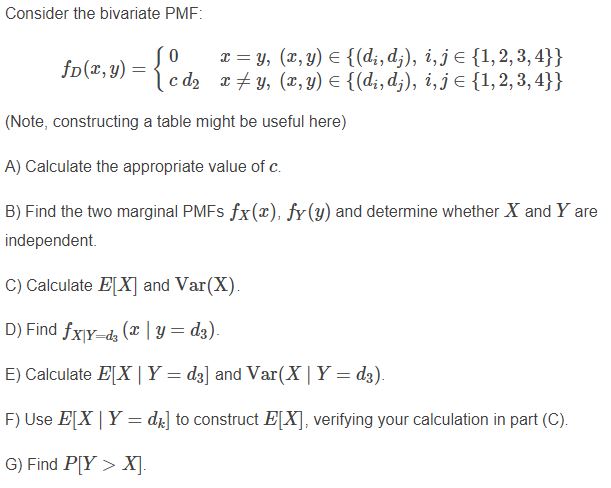Answered step by step
Verified Expert Solution
Question
1 Approved Answer
S D = {0, 1, 2, 4, 5, 7, 8} where d 1 = 0, d 2 = 1, d 3 = 2, d 4
SD = {0, 1, 2, 4, 5, 7, 8} where
d1 = 0, d2 = 1, d3 = 2, d4 = 4, d5 = 5, d6 = 7, d7 = 8.

Step by Step Solution
There are 3 Steps involved in it
Step: 1

Get Instant Access to Expert-Tailored Solutions
See step-by-step solutions with expert insights and AI powered tools for academic success
Step: 2

Step: 3

Ace Your Homework with AI
Get the answers you need in no time with our AI-driven, step-by-step assistance
Get Started


